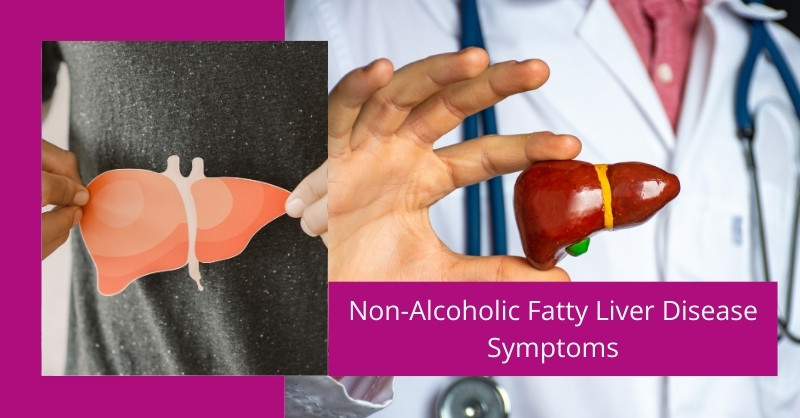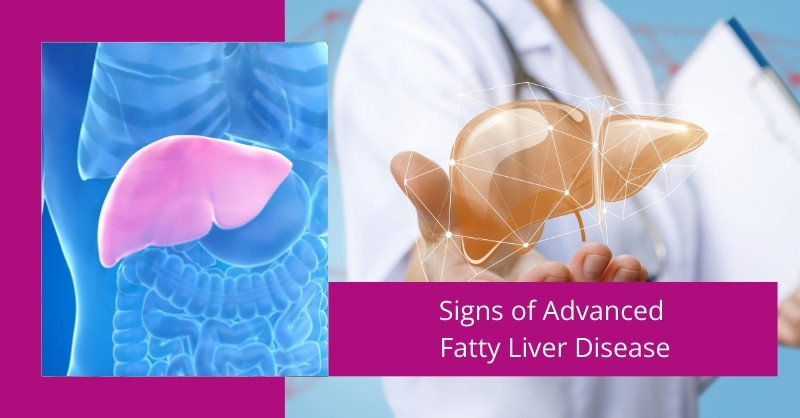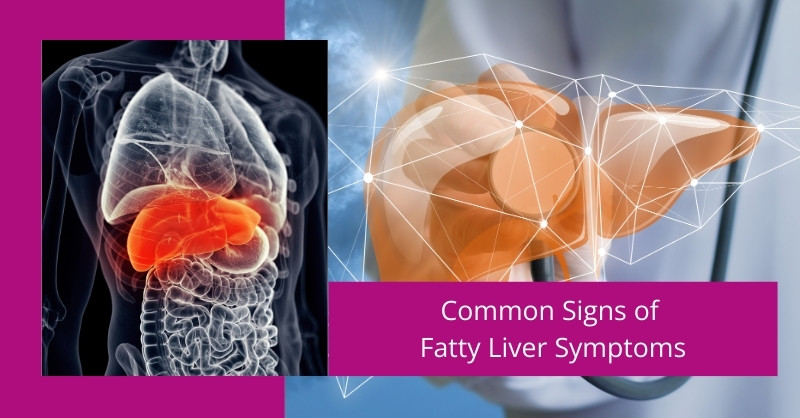Fatty liver disease is a condition where excess fat builds up in the liver cells. While fatty liver disease is often asymptomatic, it can lead to more severe liver problems if left untreated. Understanding the early fatty liver symptoms is crucial for timely intervention. In this post, we’ll explore the signs, symptoms, and risk factors of fatty liver disease, including those of non-alcoholic fatty liver disease (NAFLD), and what you need to watch for.
What Are the Early Signs of Fatty Liver Disease?
In the early stages, symptoms of fatty liver disease are often mild and may go unnoticed. Many people with fatty liver disease do not experience any noticeable symptoms, which is why it’s commonly referred to as a silent disease. However, as the condition progresses, certain signs may become more apparent.
Common Indications of Liver Issues
Some individuals may experience general fatigue or discomfort in the abdominal area. Here are a few early signs to look out for:
- Fatigue: A feeling of constant tiredness, even after adequate rest, is one of the most common symptoms. This can be due to the liver’s impaired ability to function properly.
- Weight Gain: Unexpected weight gain, particularly around the abdominal area, is another key sign. The liver’s inability to process fats can contribute to this.
- Right Upper Quadrant Pain: Pain or discomfort in the upper right side of the abdomen, where the liver is located, can indicate an inflamed liver.
What Does Fatty Liver Feel Like?
Many people with fatty liver disease often wonder, “What does fatty liver feel like?” In most cases, you may not feel any specific symptoms until the condition has progressed. However, the sensation of a heavy or bloated feeling in the abdomen can be a sign of liver enlargement, which may occur with fatty liver disease.
Liver Pain and Discomfort
Pain related to fatty liver is typically described as a dull ache or heaviness in the upper right side of the abdomen. It can sometimes be mistaken for indigestion or other gastrointestinal issues. If the liver becomes inflamed, the discomfort may worsen, and a person might feel a constant, nagging pain.
Signs and Symptoms of Advanced Fatty Liver Disease
As fatty liver disease progresses, it may lead to more severe complications, including liver inflammation (steatohepatitis), scarring (cirrhosis), and even liver failure. The symptoms of non-alcoholic fatty liver disease (NAFLD) can vary, but some general signs to be aware of include:
- Jaundice: A yellowing of the skin and eyes due to liver dysfunction.
- Swelling: Fluid buildup in the abdomen (ascites) or legs can occur if the liver’s function is severely compromised.
- Elevated Liver Enzymes: Blood tests showing abnormal liver enzyme levels can be an indicator of fatty liver disease.
Extreme Fatigue from Liver Dysfunction
One of the most debilitating effects of fatty liver disease is fatigue. This can be caused by the liver’s inability to effectively process nutrients, resulting in lower energy levels. Individuals with fatty liver often report feeling tired all the time, even with proper rest. This fatigue may impact daily activities and quality of life.
Non-Alcoholic Fatty Liver Disease (NAFLD)

Non-alcoholic fatty liver disease (NAFLD) is the most common form of fatty liver disease and occurs in individuals who drink little to no alcohol. NAFLD can lead to more severe liver problems if not addressed. Some symptoms include:
- Fatigue and weakness: As mentioned earlier, this is a hallmark symptom of fatty liver disease, especially in NAFLD.
- Unexplained weight gain: Particularly in the abdominal area, weight gain can be a result of fat accumulation in the liver.
- Elevated liver enzymes: Routine blood tests might reveal elevated liver enzymes, which indicate liver stress or inflammation.
Can You Feel a Fatty Liver?
While it’s difficult to physically “feel” a fatty liver in its early stages, you might notice symptoms like fatigue, weight gain, or mild abdominal discomfort. If you experience persistent symptoms, it’s essential to consult a healthcare professional for an accurate diagnosis.
How to Diagnose and Manage Fatty Liver
If you suspect you have fatty liver disease, your doctor will typically conduct a series of tests, including blood tests to check for elevated liver enzymes and imaging studies like ultrasound or CT scans to evaluate liver fat content. A liver biopsy may also be necessary for more advanced cases.
Treatment Options for Fatty Liver
Currently, there is no specific medication for fatty liver disease. However, lifestyle changes are the cornerstone of treatment. These include:
- Weight loss: Losing weight, especially through a balanced diet and regular exercise, can significantly reduce liver fat and improve liver function.
- Improving diet: A diet low in refined sugars, unhealthy fats, and processed foods can help alleviate symptoms.
- Regular exercise: Physical activity helps with weight loss, improves liver function, and reduces inflammation.
Signs of Advanced Liver Damage

If left untreated, fatty liver disease can progress to more serious liver conditions, including cirrhosis and liver failure. As the liver becomes increasingly damaged, the symptoms may become more severe, including:
- Severe abdominal pain
- Yellowing of the skin and eyes (jaundice)
- Fluid retention in the abdomen or legs
When to Seek Medical Attention
If you experience any combination of the above liver issues, it’s important to seek medical advice as early as possible. Early diagnosis and intervention can help prevent serious complications.
Understanding and recognizing the symptoms of fatty liver disease is crucial for preventing liver damage and maintaining overall health. If you suspect you may have fatty liver disease, contact your healthcare provider for a thorough evaluation and personalized treatment plan.
Read this Article: 
Read this Article: 



